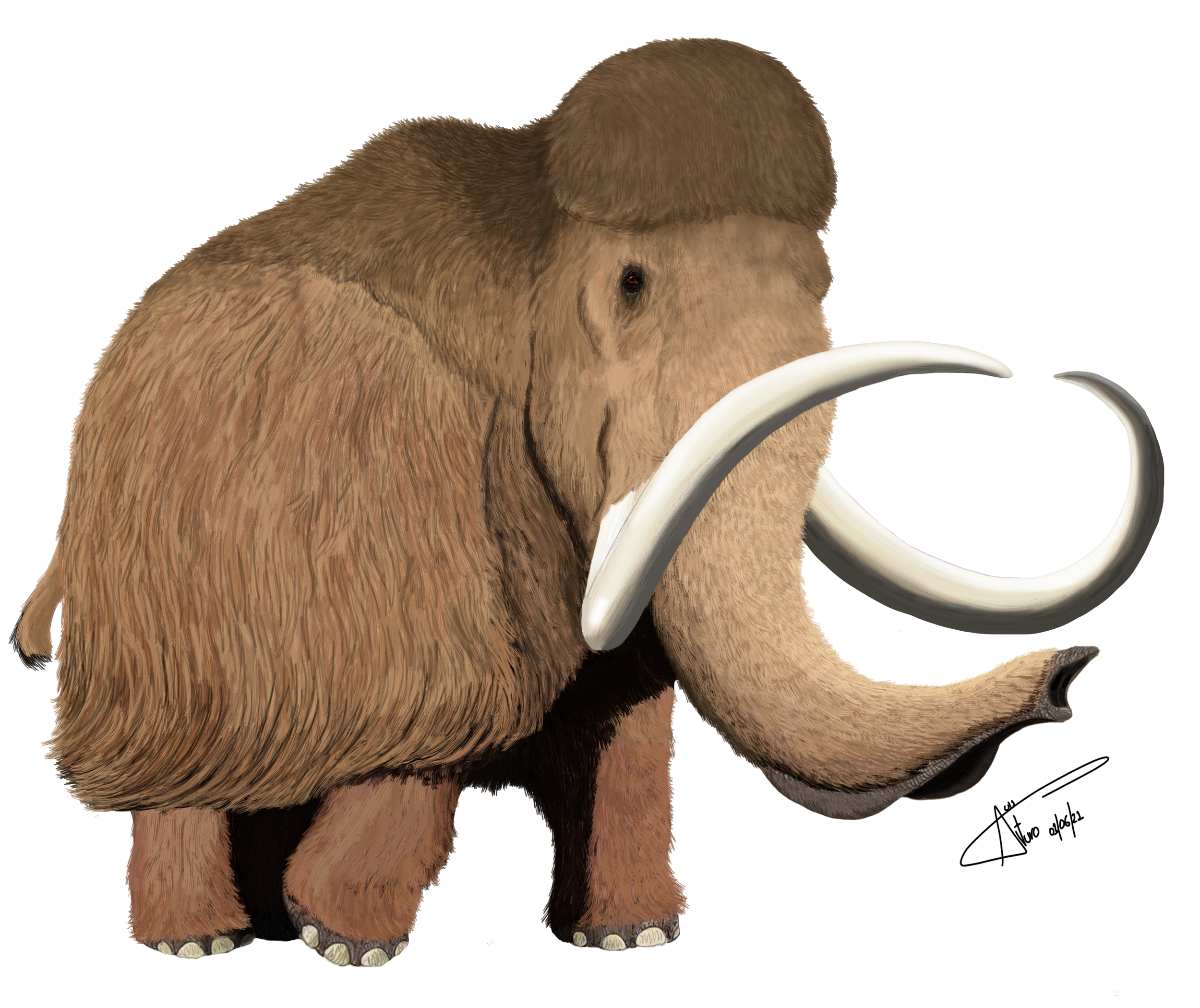HOME | DD
 LADAlbarran2001 — Mammuthus primigenius
LADAlbarran2001 — Mammuthus primigenius

#iceage #mammoth #megafauna #paleoart #pleistocene #prehistoric #siberia #siberian #mammuthus #mammuthusprimigenius #prehistoricanimals #woollymammoth #pleistocenemegafauna
Published: 2021-03-01 07:31:02 +0000 UTC; Views: 10687; Favourites: 183; Downloads: 14
Redirect to original
Description
Mammuthus primigenius is the most well-known extinct proboscidean of all, both for its numerous findings of frozen specimens and for its fossils, in addition to being represented by the first humans who left their representations in rock art carved in caves, as well as in figurines. This animal inhabited during the Pleistocene from about 700,000 years ago until well into the Holocene, about 4,500 years ago, with populations that survived the end of the ice age on islands north of Siberia. It inhabited from Eurasia to North America, having one of the largest distributions for the same large mammal species, from Spain on the Iberian Peninsula to the east coast of the United States and Canada. It would have had dimensions a little smaller than those of modern Asian elephants, its closest relatives, with large males between 2.7 and 3.4 meters high and about 6.6 tons, and females 2.6 and 2, 9 meters high and about 4 tons. Another difference it has with modern elephants is its large amount of fur, with a length of up to 90cm, which served as an adaptation to the intense cold of its region and time period, since they lived in glaciations. In addition to this, it is known thanks to frozen specimens such as Dima, Mascha, Lyuba and Yuka that these animals had an adaptation in the shape of their trunk, having this in its final third an appearance like that of a cobra, as it had a large enlargement that contained muscles, which could be moved at will, most likely used to keep the air warm when inhaling and exhaling.Many thanks to paleontologist Roberto Sibaja for his contributions to this illustration.
Mammuthus primigenius es el proboscidio extinto mas conocido de todos, tanto por sus numerosos hallazgos de ejemplares congelados como por sus fósiles, además de que fue representado por los primeros humanos que dejaron sus representaciones en el arte ruprestre tallado en cuevas, así como en figurillas. Este animal habitó durante el Pleistoceno desde hace unos 700,000 años hasta bien entrado el Holoceno, hace unos 4,500 años, con poblaciones que sobrevivieron al fin de la edad de hielo en islas al norte de Siberia. Habitó desde Eurasia hasta América del norte, teniendo una de las mayores distribuciones para una misma especie de mamífero grande, desde España en la península Ibérica hasta la costa este de Estados Unidos y Canadá. Habría tenido dimensiones un poco menores a las de los elefantes asiáticos modernos, sus parientes mas cercanos, con grandes machos de entre 2,7 y 3,4 metros de alto y unas 6,6 toneladas, y hembras de 2,6 y 2,9 metros de alto y unas 4 toneladas. Otra diferencia que tiene con los elefantes modernos es su gran cantidad de pelaje, con una longitud de hasta 90cm, el cual sirvió como una adaptación al intenso frio de su región y periodo temporal, pues vivieron en glaciaciones. Además de esto, se sabe gracias a ejemplares congelados como Dima, Mascha, Lyuba y Yuka que estos animales tenían una adaptación en la forma de su trompa, teniendo esta en su tercio final una apariencia como la de una cobra, pues tenía una gran ampliación que contenía músculos, por lo cual se podrían mover a voluntad, usada muy probablemente para mantener el aire caliente al momento de inhalar y exhalar.
Muchas gracias al paleontólogo Roberto Sibaja por sus aportes a esta ilustración.
Related content
Comments: 10

👍: 0 ⏩: 0

👍: 0 ⏩: 1

👍: 2 ⏩: 1

👍: 0 ⏩: 0

👍: 2 ⏩: 1

👍: 0 ⏩: 0

👍: 0 ⏩: 0

👍: 0 ⏩: 1



























